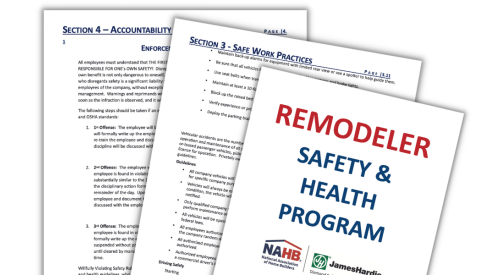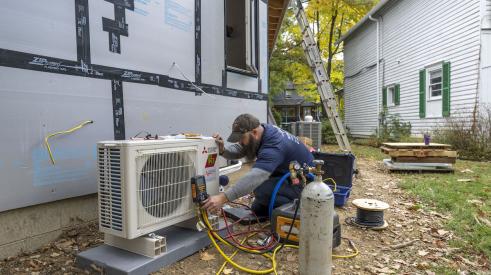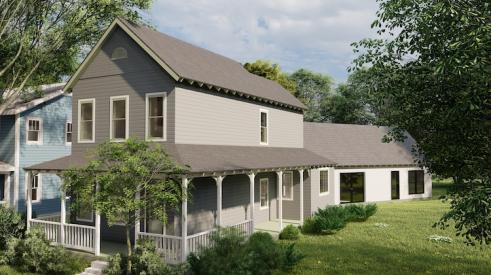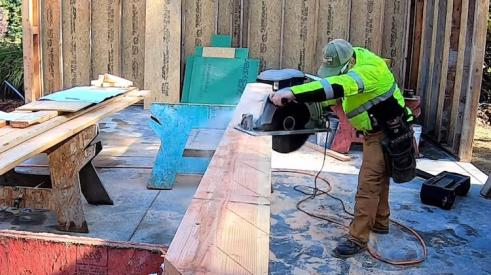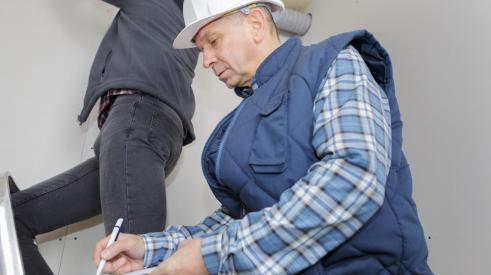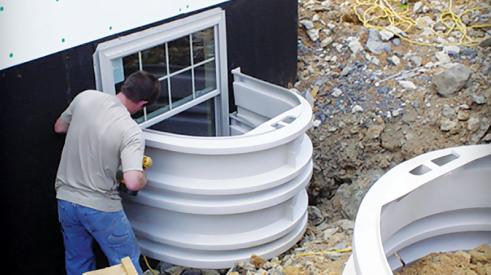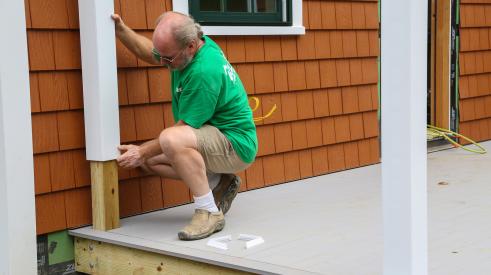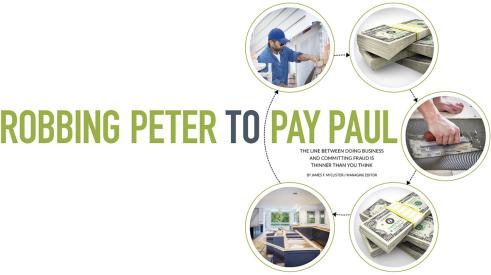Home energy use accounts for nearly 21 percent of total U.S. energy consumption, at an average cost of more than $2,000 per household per year, but remodeling or retrofit projects can deliver significant energy savings and optimize a home’s performance while also improving indoor air quality, durability, and comfort.
For nearly 20 years, the Energy Department’s Building America program has focused on leading residential remodeling strategies and energy-saving solutions and, over time, the program has tested and validated several cost-effective, low-risk methods at almost every step of the remodeling process.
Consequently, the department is on a mission to bring practical in-the-field options to remodelers, trade contractors, and program managers across the country. Not only is this an opportunity to impact residential energy use, but it also helps building professionals develop sustainable business solutions that deliver valuable improvements to homeowners. Building industry leaders are driving innovation in residential building energy performance, durability, and affordability.
The Building America Solution Center: World-Class Research at Your Fingertips
Visit the Building America Solution Center to find free, proven remodeling strategies for businesses and to learn more about the projects mentioned in this article.
The Solution Center is a community-driven database that combines research and findings from the Building America program and the Energy Star for New Homes program. It also provides recommendations from some of the country’s top building-science experts, who work directly with the housing industry to help participating builders and remodelers continuously improve their construction practices and strive toward achieving zero-energy-ready homes.
The center offers a free mobile app available for both Android and iPhone users, allowing access to “field kits” of technical information. The same option is available for tablet users.
Broad-scale residential retrofit programs can be effective, and a number of them have achieved significant energy savings over a large number of homes; however, direct access to data on what works and what does not work is limited. The Building America Partnership for Improved Residential Construction (BA-PIRC) project is working with industry partners to retrofit a large number of homes and develop detailed analysis on the energy and economic performance of two types of home retrofits—simple retrofits and deep retrofits.
This pilot project, designed as a phased approach, demonstrates a way to address cost-effective energy use, without conducting deep energy retrofits. In total, BA-PIRC surveyed 60 homes located in central and south Florida built from 1958 to 2006. The findings concluded that energy savings of nearly 10 percent can be realized with very simple “walk-through” changes, such as cleaning refrigerator coils and replacing light bulbs. The detailed results of this research project are expected to be published in 2015.
Old single-glazed windows have such low insulating value that their effect on the overall thermal performance on a home’s walls can be staggering. While replacing single-glazed windows with high-performance windows will save energy, there are several other options at varying price points.
Additionally, the way windows are installed can significantly affect air leakage and the durability of a house. The Building Science Corp. has developed step-by-step recommendations for improving the performance of existing single-glazed windows, and estimates that by repairing windows and following the rehabilitation steps detailed in the measure guidelines, energy savings of up to 10 percent can be achieved in more than 5 million homes annually.
Buried and encapsulated ducts
Ductwork installed in unconditioned spaces such as attics, crawlspaces, and garages can contribute significantly to the overall heating and cooling costs of residential buildings. In fact, it is estimated that duct thermal losses for single-family residential buildings with ductwork in unconditioned spaces range from 10-to-45 percent of total cooling and heating loads. Poorly installed duct systems can account for almost half of the total heating and cooling costs of a home.
The ideal solution of placing ducts inside conditioned space is often prohibitively expensive, but the Consortium for Advanced Residential Building has developed detailed guidance on an effective strategy to bury and encapsulate ducts when they must remain in unconditioned spaces. PR
Eric Werling is program coordinator, Building America Program at the Building Technologies Office, U.S. DOE. He can be reached at 202.586.0410 or eric.werling@ee.doe.gov.
The Energy Department’s Building America program has focused on leading residential remodeling strategies and energy-saving solutions. The program has tested and validated several cost-effective, low-risk methods at almost every step of the remodeling process.
Add new comment
Related Stories
Gas Ban in New Construction Considered by Chicago
The mayor-backed ordinance would impact all new construction
NAHB Releases Remodeler Jobsite Safety Plan Outlines
NAHB recently released a remodelers safety & health program for small remodeling businesses
Heat Pumps Now Required in Washington New Construction
Washington is the second state to require heat pumps in an effort to electrify homes
Breaking the Fall
Complying with OSHA’s safety rules requires planning, training and (most of all) supervision
Ready For Your Deck Inspection?
As safety concerns drive ever more stringent deck codes, remodelers and builders find ways to ensure projects pass inspection
Remodeler Fraud: Robbing Peter to Pay Paul
The line between doing business and committing fraud is thinner than you think




